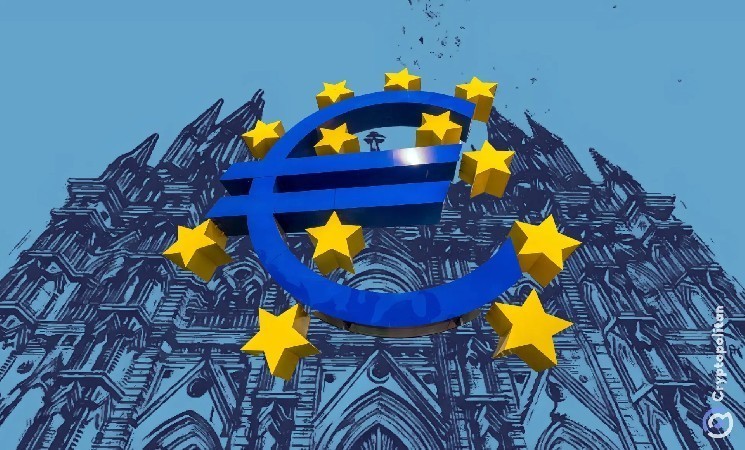The European Central Bank (ECB) has recently identified the XRP Ledger as the underlying blockchain network for the Axiology distributed ledger technology (DLT) system. This discovery was made by crypto analyst Diep Sahn, who noticed it in the ECB Eurosystem report on utilizing emerging technologies for settlements.
Axiology, a DLT securities trading and settlement infrastructure, was one of the projects that took part in the Eurosystem experiment. Founded by Marius Jurgilas, a former board member of the Bank of Lithuania, Axiology operates under the EU DLT Pilot regime. The report highlighted that 60 stakeholders and four central banks were involved in the exploratory work in two phases, testing out 48 use cases across eleven categories.
Axiology participated in Category 1, focusing on the institutional issuance of debt securities and the lifecycle management of such securities. The platform was built using the open-source code of XRP Ledger but was designed to be private and permissioned, operating independently while leveraging the capabilities of XRPL.
The report emphasized that Axiology combines trading, accounting, and settlement functions into a single infrastructure, enabling instant Delivery Versus Payment (DVP) settlement capabilities. However, it adheres to more compliance standards and risk management frameworks than public blockchains, implementing KYC procedures and limiting on-chain capabilities to mitigate risks associated with smart contracts.
XRP Payment plays a vital role in the processes, with wallets using XRP Payment to facilitate fund transfers. The platform’s metadata contains instructions for seamless transactions, enhancing efficiency compared to traditional bond markets. The experiments focused on Axiology’s interoperability with Central Bank Money (CeBM) and external settlement platforms to assess its real-world functionality.
Following the ECB report, the XRP community has expressed optimism about the XRP Ledger’s potential in powering the future of finance. While Axiology solely utilizes XRPL technology, it signifies confidence in the network’s capacity for institutional and permissioned use. Despite the positive sentiment, XRP’s price performance has been lackluster this year, remaining down 5.79% year-to-date.
However, most XRP investors are currently holding at a profit, with 65.1% of circulating XRP held in profit according to Santiment data. This places XRP among the top three cryptocurrencies with a high percentage of circulating supply in profit, behind Bitcoin and Ethereum. The XRP community remains hopeful for the network’s growth and development, especially with planned features to enhance its enterprise-grade products.

